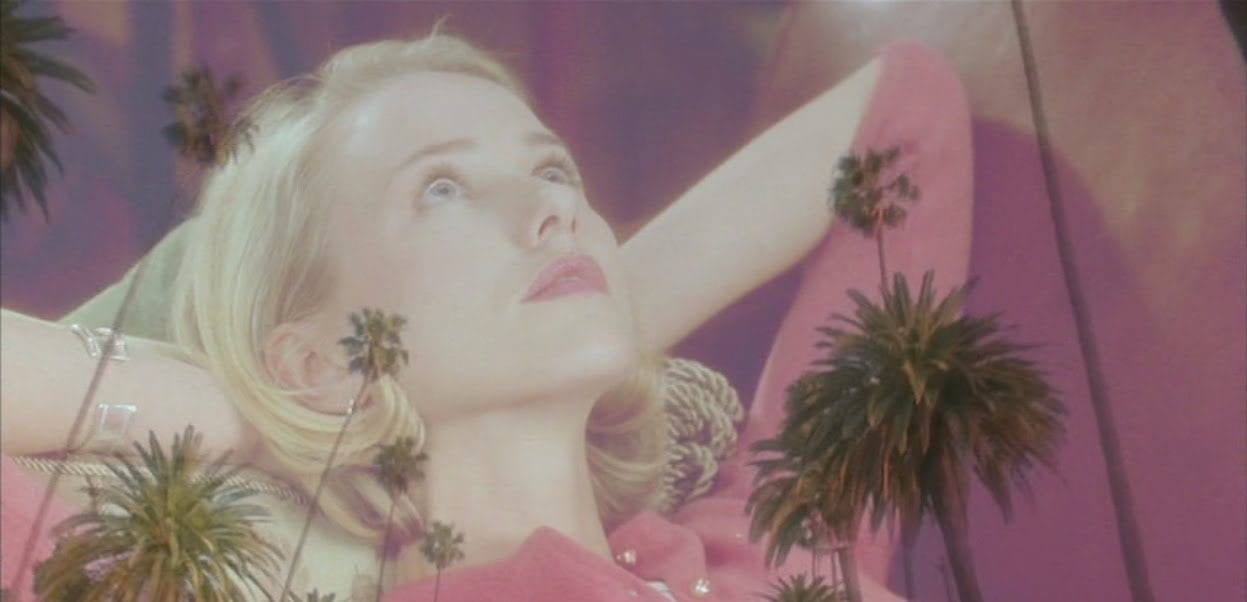Mulholland Drive was not the first time viewers were treated to a tour of the deepest, darkest corners of David Lynch’s imagination. In 1977’s Eraserhead, his debut as a filmmaker, Lynch showcased his ability to create surreal plotlines and idiosyncratic characters. Blue Velvet, a thriller peppered with elements of film noir and psychological horror, cemented Lynch’s reputation as a master storyteller. Of course, the cult 1990’s TV show Twin Peaks continued his exploration of the bizarre, the supernatural, and the unknown.
But Mulholland Drive represented a new era in David Lynch’s career. Officially ranked by critics as the greatest film of the 21st century, this year marks the twentieth anniversary of its release – and fans are still struggling to figure it out.
Set against the backdrop of the Los Angeles film industry, Mulholland Drive features a complex non-linear storyline that centres around three principal characters: Betty, an optimistic young actress on the cusp of stardom; Rita, a car crash survivor suffering from amnesia; and Adam, a well-established film director. Rita is unsure of who she is and derives her name from an old Hollywood poster.
Most of the film is reminiscent of a 1950’s detective story, with Betty and Rita working together to uncover Rita’s real identity. The only clue: a mysterious blue key, tucked away inside Rita’s purse along with a substantial amount of cash.
Without warning, everything changes. The characters look the same, but their names are different and they live different lives. Betty becomes Diane, a despondent actress struggling to survive on the dark edges of Hollywood’s seedy underworld. Rita becomes the highly successful Camilla – a movie star in a relationship with Adam, seemingly the embodiment of everything Betty/Diane had hoped to become.

Not even those of us who had travelled with Lynch to the Black Lodge of Twin Peaks or the industrial wasteland of Eraserhead were prepared for this cinematic journey. There are scenes that go nowhere, serve no purpose, and don’t seem to connect to the wider story. This includes a harrowing jump scare that is widely regarded as one of the most effective in film history. Lynch himself has refused to elaborate on any of the film’s sequences. He leaves it to us to churn out blind theories that are unlikely to ever receive verification.
Perhaps this is why, twenty years on, Mulholland Drive feels as relevant as ever. A website devoted to the film, mulholland-drive.net, contains dozens of different interpretations, each one more detailed and complicated than the last. Every scene, every piece of dialogue, every minor character who flickers across the screen once before disappearing for the rest of the film. On this site, they have all been extensively analysed. Lynch’s refusal to explain the film has only served to deepen the interest of both critics and fans alike.
Mulholland Drive is unique in more ways than one. Few films continue to be this hotly debated so long after their release. Even fewer have whole websites dedicated to the cluster of fan theories they have generated. Maybe the confusion, the weirdness and the countless unanswered questions are what make Mulholland Drive such a memorable cinematic experience. It makes us think, wonder and question everything we thought we knew. And as Roger Ebert famously declared, “… the less sense it makes, the more we can’t stop watching it.”
Words by Dan Pearson
Support The Indiependent
We’re trying to raise £200 a month to help cover our operational costs. This includes our ‘Writer of the Month’ awards, where we recognise the amazing work produced by our contributor team. If you’ve enjoyed reading our site, we’d really appreciate it if you could donate to The Indiependent. Whether you can give £1 or £10, you’d be making a huge difference to our small team.

i’ve never seen it but looks like it would be an interesting watch – thanks for the recommendation!